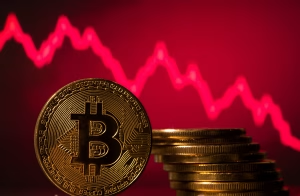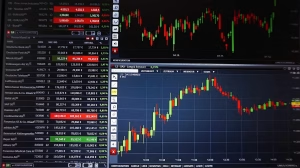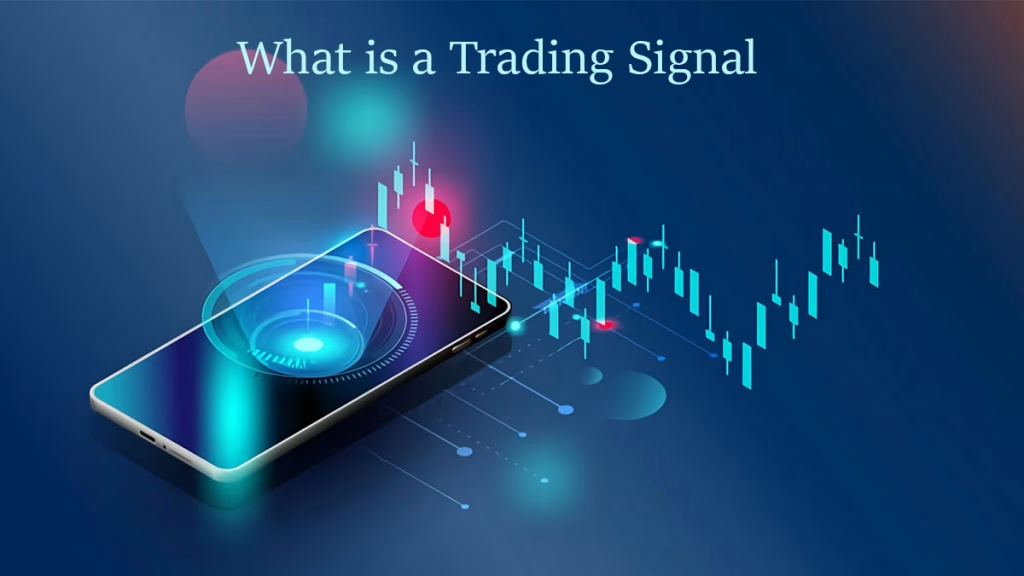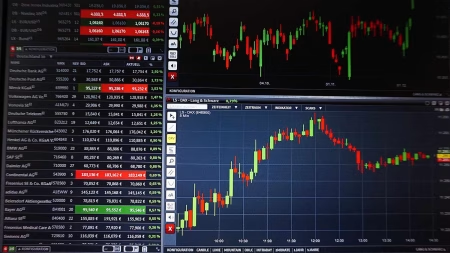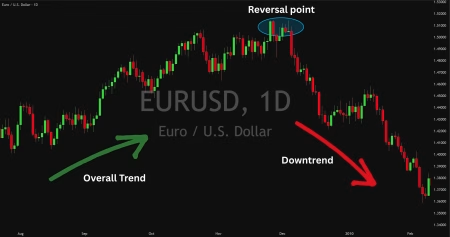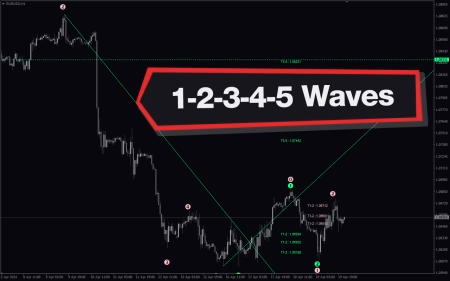How to Verify a Forex Signal Provider – Introduction
If you’ve ever joined a Telegram group promising “100% winning Forex signals”, you already know how risky that can be. The Forex world is full of signal providers — some genuine, most not. The problem is, many traders jump in without verifying who’s behind those signals or how they’re generated.
At TradingMarketSignals.com, we believe transparency is power. In this guide, we’ll walk you through five essential steps to verify a Forex signal provider — so you can avoid scams, protect your capital, and choose services that actually deliver consistent results.
Step 1: Check Verified Performance Records
The first and most critical step is verifying past performance. Don’t trust screenshots, testimonials, or profit claims on social media — those are easy to fake.
Instead, ask for verified track records from reputable third-party platforms such as:
These platforms connect directly to live trading accounts, ensuring the results are real.
✅ Pro tip: Always check if the account is publicly viewable and updated regularly.
If a provider refuses to share this information, consider that a red flag.
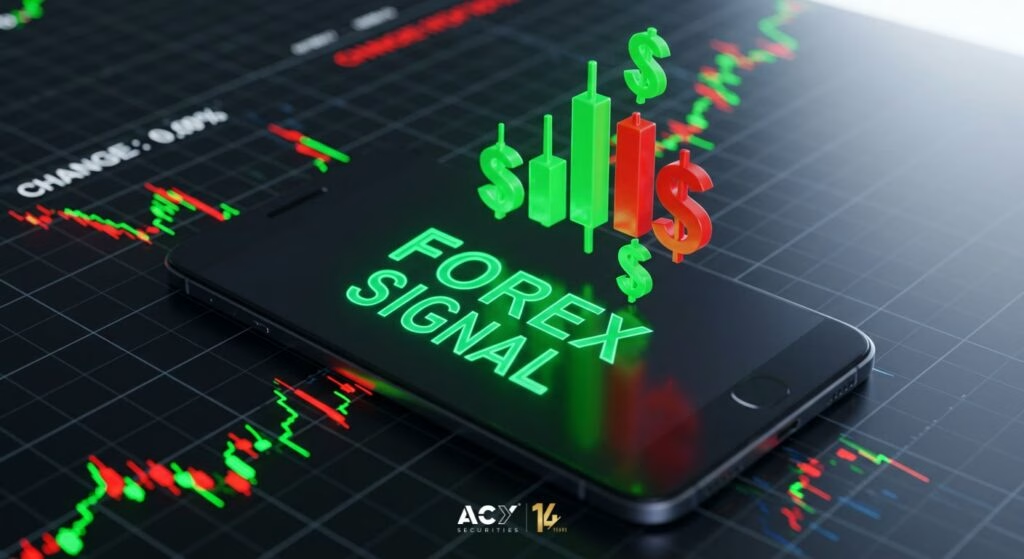
Step 2: Evaluate Signal Transparency
Reliable Forex signal providers explain how their signals are generated. Scammers, on the other hand, stay vague.
Here’s what trustworthy providers usually share:
- Entry and exit rationale (based on price action, technicals, or fundamentals)
- Risk-to-reward ratio per trade
- Stop-loss and take-profit levels
- Timeframe or market session used
Avoid any provider that claims to use a “secret formula” or “AI strategy” but provides zero technical reasoning. True transparency builds trust — secrecy hides incompetence.
💡 Related Read: Understanding Forex Signals: How They’re Created and Used
Step 3: Monitor Real-Time Accuracy Before Paying
Before committing to a monthly subscription, test the provider in real time.
Many honest providers offer:
- Free trial signals
- Limited-time demo access
- Telegram preview channels
Track these signals for at least 2–3 weeks using a demo account. Record how many trades hit the target vs. stop-loss.
A winning rate between 60–70% (with proper risk/reward) is realistic. Anything claiming 95% or higher accuracy is pure marketing noise.
You can also compare real-time signals using analytics on FX Blue or MyFXBook AutoTrade.
Step 4: Review User Feedback and Online Reputation
Even if results look promising, always check what other traders are saying.
Look for consistent patterns in reviews, both positive and negative.
Useful sites to check:
- Trustpilot Forex Reviews
- Forex Peace Army
- Reddit’s r/Forex
- Telegram discussion groups
Avoid providers who delete negative comments or disable group chats.
✅ Bonus tip: Real providers encourage public discussion because they stand by their performance.
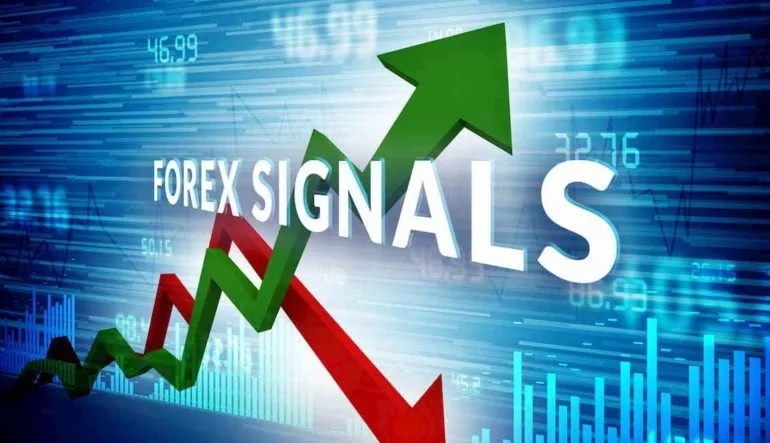
Step 5: Analyze Customer Support & Communication
Good communication is a sign of legitimacy.
If a Forex signal provider:
- Responds quickly to messages
- Explains strategies clearly
- Offers updates before and after trades
- Provides refund or dispute options
…they’re probably serious about their service.
Scam providers vanish once payment is made. Before subscribing, send a few test messages. Ask questions about their trading method and risk management approach. The quality of their response tells you everything.
💡 Explore More: Professional Forex Signal Delivery Explained
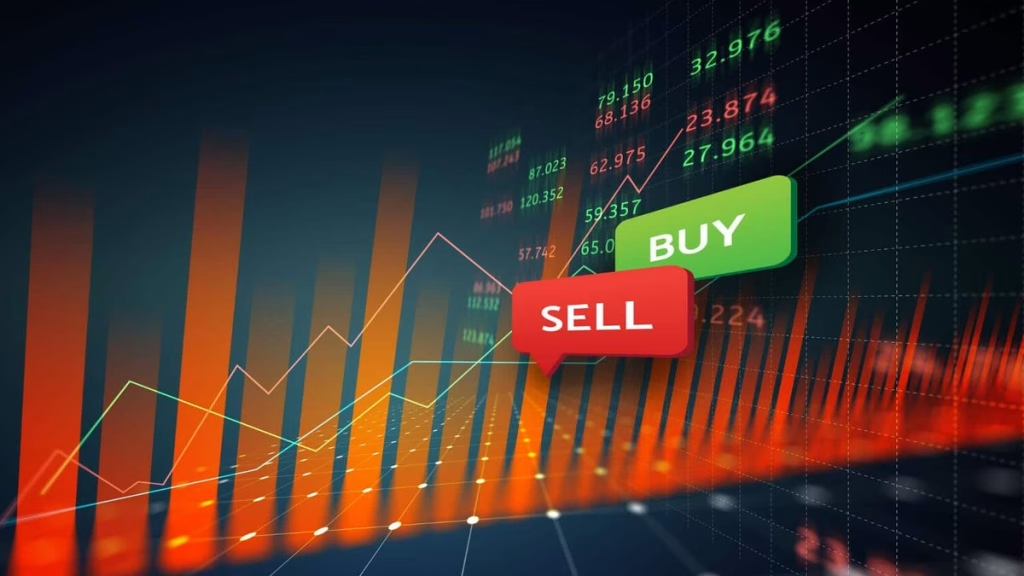
Red Flags That Scream “Scam!”
Even if a provider passes the above checks, keep your guard up.
Here are the biggest red flags to watch out for:
- 🚩 Unrealistic profit guarantees (“Double your account in 2 weeks!”)
- 🚩 Lack of verified performance data
- 🚩 No clear stop-loss or risk plan
- 🚩 Only selling via private Telegram DMs
- 🚩 Pressure tactics (“Join now before it’s too late!”)
- 🚩 Fake testimonials or stock photos
Remember — real traders show transparency, not hype.
Why Verification Protects You Long-Term
Verifying Forex signal providers isn’t just about avoiding scams — it’s about building confidence in your trading process.
When you work with a verified, data-backed provider:
- You learn consistent trading habits
- You understand signal quality metrics
- You save money by avoiding unreliable channels
- You grow a relationship with a trusted source
Ultimately, it helps you trade smarter — not harder.
💡 You May Also Like: Free vs Paid Forex Signals: Which Is Worth It?

Bonus: Tools and Resources for Signal Verification
Here are some powerful tools every trader should bookmark:
| Tool | Purpose | Link |
|---|---|---|
| MyFXBook AutoTrade | Verify real-time performance of signal accounts | Visit MyFXBook AutoTrade |
| FX Blue Analytics | Analyze live trading results | Explore FX Blue |
| MQL5 Signals Directory | Browse public, verified trading accounts | Open MQL5 Signals |
| TradingMarketSignals Blog | Learn strategies, guides & tips | Visit Our Blog |
Use these regularly to check if your provider maintains consistency and transparency.
Conclusion
In 2025, the Forex signal industry is booming — and so are scams. But with the right steps, you can separate real professionals from fake promoters.
Always remember:
If it sounds too good to be true, it probably is.
Verify before you subscribe. Ask for proof, analyze data, and test before paying.
When you trade with verified providers, you’re not just protecting your money — you’re investing in your long-term success.

🔗 Internal Links
- Forex Trading Strategies for Beginners
- Free vs Paid Forex Signals: Which Is Worth It?
- Understanding Forex Signals
🌐 External Links
- MyFXBook
- FX Blue
- MQL5 Signals
- Forex Peace Army Reviews

